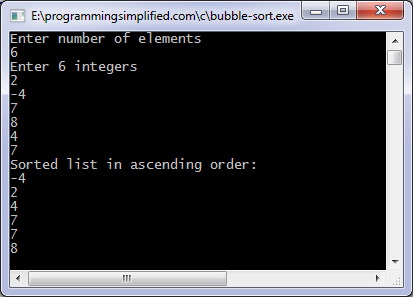Frame Sorting Program C

This is possibly a simple question, but I do not know how to order columns alphabetically. Test = data.frame(C = c(0, 2, 4, 7, 8), A = c(4, 2, 4, 7, 8), B = c(1, 3, 8, 3, 2)) # C A B # 1 0 4 1 # 2 2 2 3 # 3 4 4 8 # 4 7 7 3 # 5 8 8 2 I like to order the columns by column names alphabetically, to achieve # A B C # 1 4 1 0 # 2 2 3 2 # 3 4 8 4 # 4 7 3 7 # 5 8 2 8 For others I want my own defined order: # B A C # 1 4 1 0 # 2 2 3 2 # 3 4 8 4 # 4 7 3 7 # 5 8 2 8 Please note that my datasets are huge, with 10000 variables.
So the process needs to be more automated. You can use order on the names, and use that to order the columns when subsetting: test[, order(names(test))] A B C 1 4 1 0 2 2 3 2 3 4 8 4 4 7 3 7 5 8 2 8 For your own defined order, you will need to define your own mapping of the names to the ordering. This would depend on how you would like to do this, but swapping whatever function would to this with order above should give your desired output. You may for example have a look at, i.e. You can match your data frame names against a target vector containing the desired column order.
Best Robohelp 8 Crack - Full Version 2017. By One very common task in data analysis and reporting is sorting information, which you can do easily in R. You can answer many everyday questions with league tables — sorted tables of data that tell you the best or worst of specific things. Drivers For Laserjet M1212nf Mfp there.
For example, parents want to know which school in their area is the best, and businesses need to know the most productive factories or the most lucrative sales areas. When you have the data, you can answer all these questions simply by sorting it.
C Program to Frame sorting technique used in buffers. How to write a C Program to Frame sorting technique used in buffers in C Programming Language? Bubble Sort Program in C - Learn Data Structures and Algorithm using c, C++ and Java in simple and easy steps starting from basic to advanced concepts with examples.
As an example, look again at the built-in data about the states in the U.S. First, create a data frame called some.states that contains information contained in the built-in variables state.region and state.x77: >some.states some.states some.states Region Population Income Alabama South 3615 3624 Alaska West 365 6315 Arizona West 2212 4530. Delaware South 579 4809 Florida South 8277 4815 Georgia South 4931 4091 You now have a variable called some.states that is a data frame consisting of ten rows and three columns ( Region, Population, and Income). R makes it easy to sort vectors in either ascending or descending order.
Because each column of a data frame is a vector, you may find that you perform this operation quite frequently. How to sort a vector in ascending order To sort a vector, you use the sort() function.
For example, to sort Population in ascending order, try this: >sort(some.states$Population) [1] 365 579 2110 2212 2541 3100 3615 4931 8277 [10] 21198 How to sort a vector in decreasing order You also can tell sort() to go about its business in decreasing order. To do this, specify the argument decreasing=TRUE: >sort(some.states$Population, decreasing=TRUE) [1] 4931 3615 3100 2541 2212 2110 579 [10] 365 You can access the Help documentation for the sort() function by typing?sort into the R console. Tape Reading 101 Course.